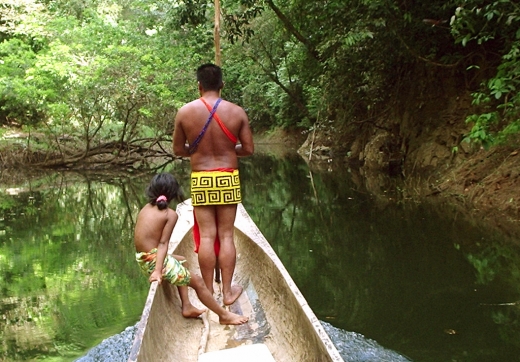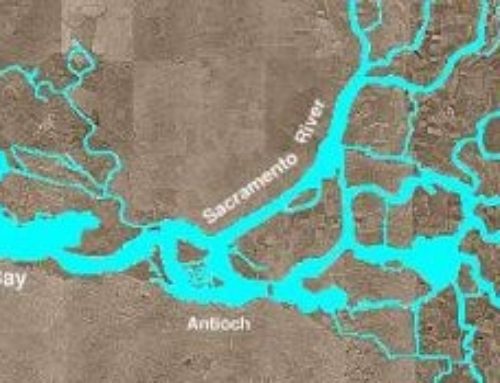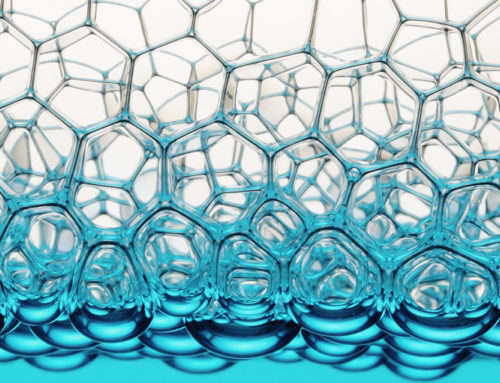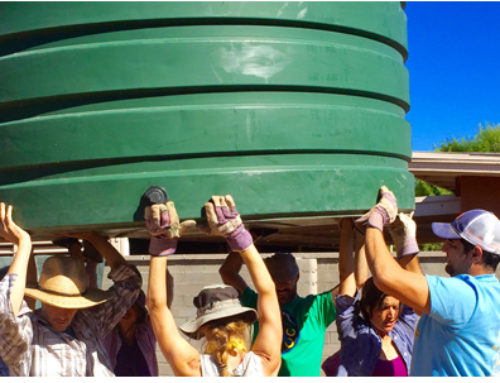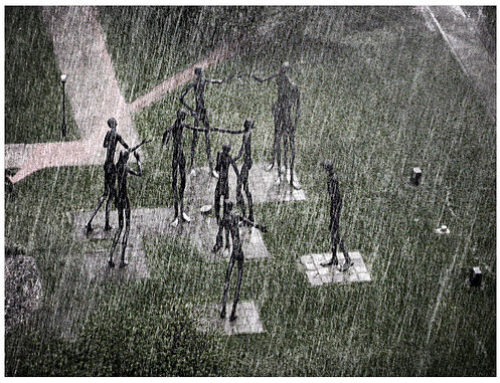-
When I started working at Flex Your Power early in 2006, California’s one-time energy efficiency campaign funded through the public goods charge on our utility bills, no one was really that interested in energy efficiency. Even CFL lightbulbs seemed like a radical and unecessary change to most people. We could barely give them away. Then Al Gore filled the screen with climate change scenarios in “An Inconvenient Truth” and suddenly our phones were ringing off the hook. “What should we do to avert this crisis?” “How can I protect my family” “What are the best practices for our commercial or industrial processes?” In a very short period of time, climate change came to the fore in the news and in the human consciousness around the globe.
When friends asked me my opinion on what to do about climate change my unofficial answer was generally, “Learn to grow your own food and learn how to filter water.” My own history is full of periods of working in remote communities in Latin America and Africa implementing appropriate sustainable technology. From these many experiences, it’s clear to me that humans can survive quite well without electricity. We might be less immediately communicative and informed, but having electricity is not crucial to survival in a basic sense. However, without access to clean water (never mind clean running water) there really is no tomorrow for us.
The example of the need for clean water burned into my recollection comes from travelling many hours up the Chucunaque River in Panama to visit a small village where they had begun practicing organic agriculture (to replace former practices of slash and burn). As we pulled up to the bank in our dugout canoe, a young mother was washing her clothes in the river with Clorox, a typical “soap” in the villages. Right next to her was her two year old daughter, playing in the water and drinking handfulls of the river water tainted with motor oil, diesel and Clorox. Soon after visitng this village, I returned to La Bonga, another village in the Panama Canal Watershed where a friend’s infant had died the week before from diarrhea caused by water-bourne pathogens. This image of mother and daughter in the river in Panama will forever serve as my clarion call for working towards water supply and quality security for humans around the globe.
Now, what does any of this have to do with water issues in California where we have running water and treatment plants? While we have sophisticated infrastructure and water quality standards, it does not mean that we as Californians have a sophisticated understanding of our current water crisis in California. The article “The Impending Water Crisis“, recently published in Salon.com, points out current shortages, and queries other forms of water management that diveate from dileneated infrastructure solutions as potential solutions for better water management.
“Luckily, an urban-planning problem can be mitigated with urban-planning solutions, and cities are blazing the trail…(I)t’s not the water that’s bad, it’s the system. ‘The system is set up to dispose of storm water, and then there’s a vast, separate infrastructure that depends on groundwater,’ says Fishman (author of “The Big Thirst). ‘Unifying these systems — drinking water, wastewater and storm water — could transform a city from one with chronic water shortages to an oasis of hydration.’ ”
Read the full article to better understand the Inconvenient Truth about the water supplies in California and the southwest as well as potential soultions to our crisis. It’s the time to get involved with caretaking one of your most necessary and threatened resources.


